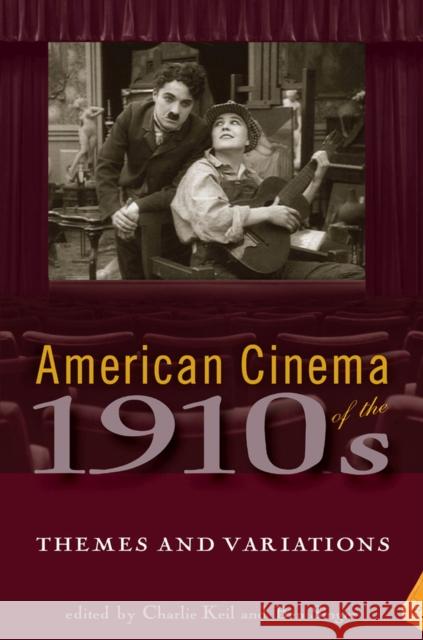American Cinema of the 1910s: Themes and Variations » książka
American Cinema of the 1910s: Themes and Variations
ISBN-13: 9780813544458 / Angielski / Miękka / 2009 / 296 str.
It was during the teens that filmmaking truly came into its own. Notably, the migration of studios to the West Coast established a connection between moviemaking and the exoticism of Hollywood. The essays in American Cinema of the 1910s explore the rapid developments of the decade that began with D. W. Griffith's unrivaled one-reelers. By mid-decade, multi-reel feature films were profoundly reshaping the industry and deluxe theaters were built to attract the broadest possible audience. Stars like Mary Pickford, Charlie Chaplin, and Douglas Fairbanks became vitally important, and companies began writing high-profile contracts to secure them. With the outbreak of World War I, the political, economic, and industrial groundwork was laid for American cinema's global dominance. By the end of the decade, filmmaking had become a true industry, complete with vertical integration, efficient specialization and standardization of practices, and self-regulatory agencies. Charlie Keil is an associate professor in the Department of History and the director of the Cinema Studies Institute at the University of Toronto. He is the author of Early American Cinema in Transition: Story, Style, and Filmmaking, 1907-1913. Ben Singer is an associate professor of film in the Department of Communication Arts at the University of Wisconsin, Madison. He is the author of Melodrama and Modernity: Early Sensational Cinema and Its Contexts.











